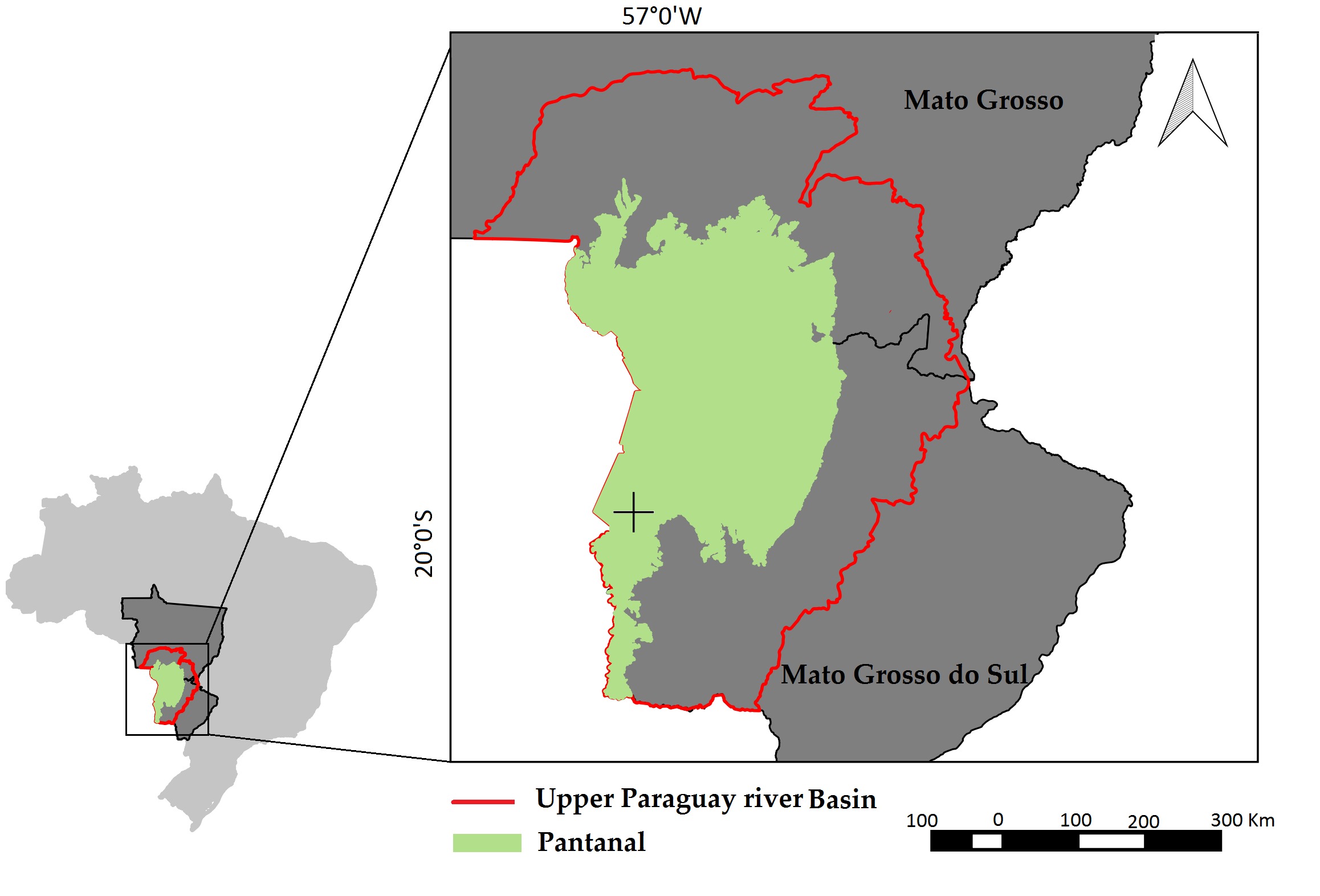The Brazilian Pantanal wetland undergoes landscape alterations that can cause impacts on hydrological processes, changing the flood pulse. The objective of this work is to analyse the vegetation cover of the Pantanal in the period of 2000, 2008 and 2015, and to make a projection for 2030. Therefore, NDVI from the sensor MODIS was analysed and the transition matrix was calculated by the DINAMICA EGO. The methods adopted were open sources. The results were worrisome, indicating alterations of the vegetation cover of the Pantanal, with an increase of short vegetation (grasslands or pastures) in the evaluated period. The projection pointed out that in 2030 the Brazilian Pantanal wetland area will be covered by 78% of short vegetation and only 14% of dense (arboreal-shrubby) vegetation. The approach can be a useful tool for conservation of the Brazilian Pantanal wetland.
Keywords:
EGO DYNAMICS; wetland; geoprocessing; NDVI; Transition rate

 Changes in vegetation cover of the Pantanal wetland detected by Vegetation Index: a strategy for conservation
Changes in vegetation cover of the Pantanal wetland detected by Vegetation Index: a strategy for conservation Thumbnail
Thumbnail
 Thumbnail
Thumbnail
 Thumbnail
Thumbnail



